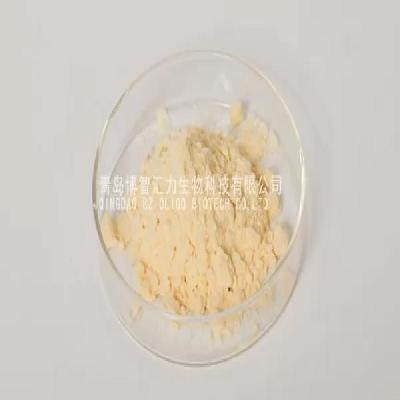-
Categories
-
Pharmaceutical Intermediates
-
Active Pharmaceutical Ingredients
-
Food Additives
- Industrial Coatings
- Agrochemicals
- Dyes and Pigments
- Surfactant
- Flavors and Fragrances
- Chemical Reagents
- Catalyst and Auxiliary
- Natural Products
- Inorganic Chemistry
-
Organic Chemistry
-
Biochemical Engineering
- Analytical Chemistry
-
Cosmetic Ingredient
- Water Treatment Chemical
-
Pharmaceutical Intermediates
Promotion
ECHEMI Mall
Wholesale
Weekly Price
Exhibition
News
-
Trade Service
In mid-September, the South Xinjiang Photovoltaic Animal Husbandry Precision Poverty Alleviation Demonstration Project, jointly constructed by the Xinjiang Kyzylsu Kirgiz Autonomous Prefecture Government and ZTE Energy Co.
, Ltd.
, started construction
.
After the project is completed and put into operation in September next year, it can help and drive about 220 poor ethnic minority households to get out of poverty
.
The photovoltaic animal husbandry precision poverty alleviation demonstration project uses 386.
4 mu of wasteland under the Kunlun Mountains to build a meat and sheep fattening center with a total area of 16,170 square meters, as well as forage planting and processing bases, epidemic prevention facilities and other related supporting facilities
in accordance with the national livestock and poultry breeding standards.
The average annual output of the project is 36,000 pieces, and the annual output of organic fertilizer is 3,247 tons
.
2,059 kilowatts of photovoltaic modules are installed on the roof of the sheep house, with an average annual power generation of 2.
23 million kilowatt hours
.
Guo Jun, vice president of ZTE Energy Co.
, Ltd.
, said that this is the first photovoltaic animal husbandry precision poverty alleviation demonstration project
in China.
Southern Xinjiang has abundant light resources, and photovoltaic animal husbandry is to make full use of this resource, fully respect the original pastoral methods of local herdsmen, realize local employment of herders, and make poverty alleviation more accurate and sustainable
.
By 2020, Xinjiang will ensure that all 2.
61 million poor people under the current standards are lifted out of poverty, all 35 key poverty-stricken counties are removed, and all 3,029 poverty-stricken villages are withdrawn, so as to solve the overall regional poverty
in the four prefectures of southern Xinjiang.
In mid-September, the South Xinjiang Photovoltaic Animal Husbandry Precision Poverty Alleviation Demonstration Project, jointly constructed by the Xinjiang Kyzylsu Kirgiz Autonomous Prefecture Government and ZTE Energy Co.
, Ltd.
, started construction
.
After the project is completed and put into operation in September next year, it can help and drive about 220 poor ethnic minority households to get out of poverty
.
The photovoltaic animal husbandry precision poverty alleviation demonstration project uses 386.
4 mu of wasteland under the Kunlun Mountains to build a meat and sheep fattening center with a total area of 16,170 square meters, as well as forage planting and processing bases, epidemic prevention facilities and other related supporting facilities
in accordance with the national livestock and poultry breeding standards.
The average annual output of the project is 36,000 pieces, and the annual output of organic fertilizer is 3,247 tons
.
2,059 kilowatts of photovoltaic modules are installed on the roof of the sheep house, with an average annual power generation of 2.
23 million kilowatt hours
.
Guo Jun, vice president of ZTE Energy Co.
, Ltd.
, said that this is the first photovoltaic animal husbandry precision poverty alleviation demonstration project
in China.
Southern Xinjiang has abundant light resources, and photovoltaic animal husbandry is to make full use of this resource, fully respect the original pastoral methods of local herdsmen, realize local employment of herders, and make poverty alleviation more accurate and sustainable
.
By 2020, Xinjiang will ensure that all 2.
61 million poor people under the current standards are lifted out of poverty, all 35 key poverty-stricken counties are removed, and all 3,029 poverty-stricken villages are withdrawn, so as to solve the overall regional poverty
in the four prefectures of southern Xinjiang.







